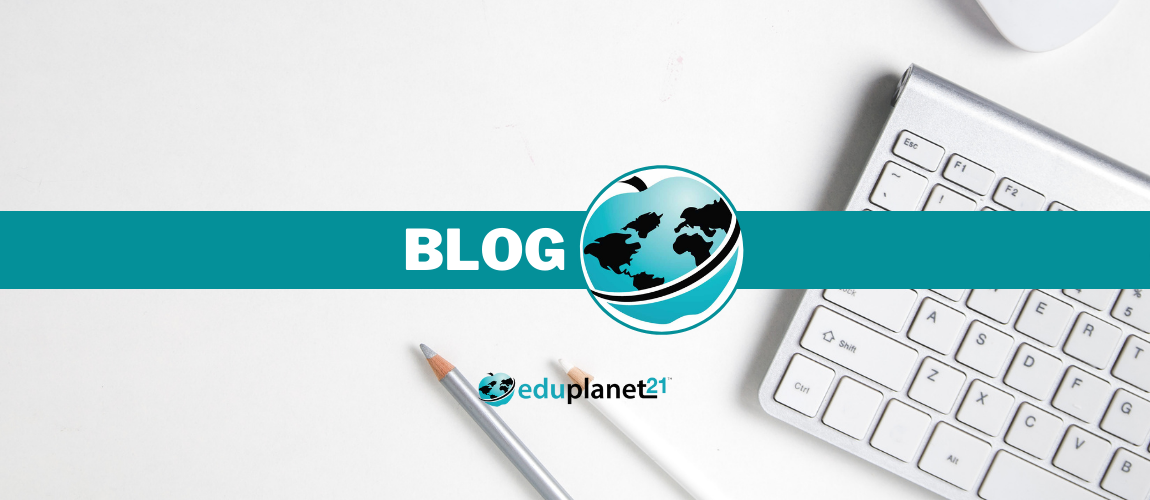According to the International Society for Technology in Education (ISTE), digital citizenship comprises nine essential, interrelated elements that provide a useful framework for guiding online behavior and informing decisions within digital environments. Practicing and modeling these behaviors is an essential task for educators at all levels.
One of the most complex of the nine elements of digital citizenship concerns Digital Law and the ethical use of media. For educators who regularly publish content—including images, text, video, or documents—via a classroom website, an online course, or a web 2.0 tool, understanding exactly what may be legally uploaded, inserted, or attached can be somewhat confusing. The following information provides some simple, straightforward tips for responsibly posting and sharing resources online.
1) Copyright Protection
Always assume that any content found online (or in print, for that matter) is protected by copyright—even in the absence of a copyright © symbol. Rules governing educational use of copyrighted materials in a brick-and-mortar classroom (i.e., Fair Use) do not necessarily apply in an online environment. If you did not create it (the photograph, chart, essay, video, etc.), you must get permission from the copyright holder before uploading, inserting, or attaching.
Investigate the Terms of Use on any site containing resources you might want to incorporate into your course or website. The Terms of Use—usually accessed via a link at the bottom of the home page—detail the rights and restrictions associated with the use of any materials on the site.
2) Video Embed Codes
Many popular video sharing sites (YouTube, Vimeo, etc.) provide embed codes that enable you to insert the video player directly into another website. It’s important to recognize that while this code allows the video player to be embedded, the video itself still resides on the original site. Therefore, using an embed code does not violate copyright law. If no embed code is provided, simply insert the external link (URL) to the video within the desired page. You may not download/save the video and upload it to another site, unless the copyright holder has given express permission for you to do so.
If you have created your own video that features fellow educators and/or students, make sure that you obtain signed release forms from all participants, and keep them on file.
3) Documents and Presentations
It is generally safe to link to a document or presentation without asking permission. However, scanning or downloading documents from a copyrighted publication or site and uploading them to your site— without securing written permission from the copyright owner—is a violation of copyright law.
You may download/save documents (e.g., Word docs or PDFs) or presentations (e.g., PowerPoints) from a website and upload them to another site only if:
- the Terms of Use on the site give that express permission, OR
- you have obtained permission from the copyright owner.
4) Images
Visit sites that offer copyright-free graphics to find images for your online course or webpage. Please note that some of the images on these sites may require attribution, and not all of these sites are guaranteed to have only “school appropriate” images, so keep that in mind as you are browsing through their collections. If you choose to take and use your own photos, make sure that you obtain signed release forms from all individuals who are pictured.
5) Public Domain and Creative Commons
You do not have to seek permission to use works in the Public Domain. Additionally, works published under Creative Commons Licensing offer a variety of flexible use options, but the extent to which others may use Creative Commons content is determined by the copyright holder. Make sure you investigate the type of licensing that covers any media you find through Creative Commons.
Digital citizenship provides a helpful framework for guiding online behavior. There is a wealth of content out there! By searching wisely and applying the tips described above, you can ensure that the materials you post online are safe to share from a legal standpoint. Students are watching! As they grow into responsible digital citizens, it is especially important that you show them, through your own professional practice, how to use digital resources responsibly.
For more information on copyright for educators, check out these sites:
The Educator’s Guide to Copyright and Fair Use
Copyright Flowchart: Can I Use It? Yes? No?
Disclaimer: The information presented in this article is for informational purposes only and not intended to serve as legal advice.
 Login
Login
